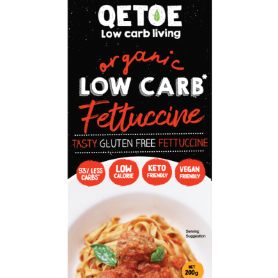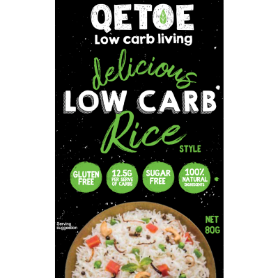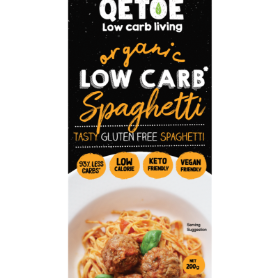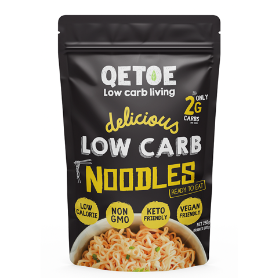All over the world, people started to adopt the concept of “Less is More.” The concept was first introduced by the minimalist architect Ludwig Mies van der Rohe and is now a growing health trend that even intersects with diet systems. In line with this concept, intermittent Fasting (IF) is a very attractive and efficient way of reaching weight-loss. At the same time, it is a sustainable, healthy eating regime.
Intermittent fasting offers an intelligent approach to facilitate weight loss and yet preserve higher energy without persistent food craving.
What Is Intermittent Fasting?
The idea of fasting for prolonged periods goes as far back in history as the 5th century. It seems like a natural thing, thinking of ancient hunters and gatherers and what lifestyle they had. It was normal for them to stay for hours without any food until they hunted or gathered something, it was normal for our ancestors to stay even for a couple of days without food until their next hunts.
A typical intermittent fasting routine implies giving your body longer breaks from food. Starting with a fasting period from 12 to 16 hours per day, you abstain from food during this time and drink only water, coffee, or tea. Intermittent fasting introduces a new lifestyle. By reducing the number of meals, you are going to free time and energy.
The Science Behind Intermittent Fasting
To answer the question “why intermittent fasting is a healthy way of eating?”, we need to explore the science behind it.
Fasting for extended periods means that your intake of calories from food stops, while your energy demand doesn’t. In such a case, your body will start looking for another source of energy, namely body fats, in a very similar way as the keto-diet.
In a normal diet, regardless of which kind of food is included, your body will always first use the energy in the meal you have recently had, which in most cases more than the body needs, leaving residual energy to be stored. A few hours later, your body starts using stored glucose in the liver (in the form of glycogen). Once this is used up, body fat becomes the main source of energy. Glycogen stores are already low on a keto diet so that your body can readily access fat stores when keto is combined with intermittent fasting.
Because we all have a lot of stored body fat, hunger decreases as soon as we start to access those stores. For this reason, intermittent fasting makes it easy to lose weight without feeling hungry.
Different Intermittent Fasting Strategies
There is no single way of intermittent fasting; the diet can be simply customized to your lifestyle and your progress. If you have experienced and enjoyed fasting before, you may start with a 16 hours fasting-window and even longer to achieve quick significant results. If you try fasting for the first time, you are advised to start with a shorter fasting-window.
Here are some common strategies that have been proven successful:
Basic Strategy
In this version, you define an eating period of 8 to 10 hours a day. Say from 8 in the morning to 4 PM or from 1 PM to 11 PM, which can be seen as giving up your breakfast or dinner. It is a stable starting strategy with no major changes to your regular eating schedule. Choosing an eating window of 8 hours is very popular, which is known as 16/8 intermittent fasting.
24-Hours fasting
This version is also known as One Meal A Day (OMAD). You eat only once per day and have a daily fasting period of nearly 24 hours.
5:2 Strategy
In this approach, you divide your week into 5 days of normal eating, and the remaining 2 days, you eat a maximum of 600 kcal. The two days can be consecutive or split apart.
ADF
Alternate Day Fasting is the most advanced approach. As the name suggests, you eat every second day and typically reach a fasting time of 36 to 42 hours (typically from dinner on day 1, until breakfast or lunch on day 3).
You don’t have to follow the same intermittent fasting strategy every day; you can also combine different approaches. For instance, 24-hour fasting can be challenging to maintain long-term and may be mixed with 16/8 fasting some days.
Benefits of Intermittent Fasting
Shifting to the new lifestyle of intermittent fasting will open the way for quick wins on the short-term and sustainable health benefits in the long run.
1. Renews Cells
Fasting stimulates a physiological process known as “autophagy”(1). Autophagy is a recycling program that breaks down old, damaged parts of the cell and reuses individual components to build new molecules. Autophagy is disturbed in many diseases, such as neurodegenerative disorders and diabetes. Stimulating this process by fasting is, in turn, likely to lower the risk of these conditions (2, 3).
2. Improves Body Composition
Intermittent fasting stimulates human growth hormone and, at the same time, keeps insulin low. Growth hormones help to preserve muscles, and low insulin levels facilitate the breakdown of fat. This combination is very potent in improving the fat/muscle ratio, which is often reported in intermittent fasting studies (4).
3. Prevents Chronic Diseases
Chronically elevated insulin levels are characteristic of Type 2 diabetes and an important driver of the disease. Diabetes, in turn, increases the risk of many other chronic diseases such as cardiovascular disease and cancer. Fasting naturally lowers your insulin levels, which helps to prevent these conditions (5).
4. Enhances Brain Function
Fasting increases neuroplasticity in your brain, driven by the BDNF (brain-derived neurotrophic factor) protein. This can improve learning and memory (6).
The Bottom Line
Intermittent fasting is surprisingly a simple, straightforward, and convenient system that can be easily combined with a keto diet.
Adapting to intermittent fasting is a journey you can start with a basic 16 hours of fasting. It will draw you into an exciting challenge to experience mental clarity and improved body composition. Following this routine that our ancestors once relied on is a healthy and sustainable way of eating, Especially when combined with a clean Ketogenic way of eating like the ultra lite program.











